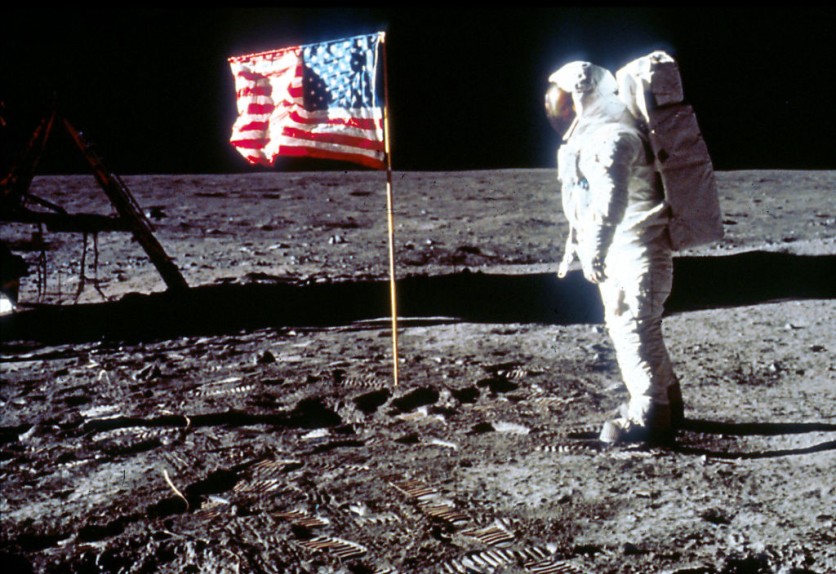NASA's Orion spacecraft is on its way to the moon, which marks the space agency's first lunar landing after 50 years. The primary goal of Artemis 1 is to prepare for future crewed missions to the moon, and NASA has recently made an agreement with SpaceX to realize this objective.

Starship Human Landing System
NASA has approved SpaceX's request for a contract modification to advance the development of their Starship human landing system to meet their goals for long-term human exploration of the Moon under Artemis.
Particularly, SpaceX will be sending a second crewed landing demonstration mission in 2027 under NASA's Artemis IV mission.
"Returning astronauts to the Moon to learn, live, and work is a bold endeavor. With multiple planned landers, from SpaceX and future partners, NASA will be better positioned to accomplish the missions of tomorrow: conducting more science on the surface of the Moon than ever before and preparing for crewed missions to Mars," NASA Administrator Bill Nelson said in a news release statement.
The modification, referred to as Option B, comes after SpaceX was granted a contract under Appendix H of the Next Space Technologies for Exploration Partnerships-2 (NextSTEP-2) contract in July of last year.
NASA stated earlier its intentions to work with SpaceX in implementing Option B. The contract modification is worth around $1.15 billion.
According to Lisa Watson-Morgan, program manager for the Human Landing System at NASA's Marshall Space Flight Center, carrying out cooperative efforts with SpaceX through Option B advances their resilient plans for crewed lunar surface transportation and forming a long-term human presence on the Moon.
This crucial initiative will allow them to focus on developing long-lasting, service-based lunar landers that meet NASA's objectives for regular explorations to the lunar surface.
Option B
This new endeavor under Option B aims to create and demonstrate a Starship lunar lander that can dock with Gateway, carry four crew members, and transfer greater mass to the surface while also meeting NASA's sustaining requirements for missions after Artemis 3.
NASA first selected SpaceX to create a human landing system variant of the Starship for Artemis 3, which will be the first mission to send humans to the Moon in more than 50 years.
As part of that arrangement, SpaceX will launch a test mission to the Moon without astronauts before Artemis 3.
NASA is developing two parallel avenues for human lunar landers designed in accordance with the agency's ongoing criteria to widen the pool of qualified commercial suppliers - the current contract with SpaceX and another RFP launched earlier this year.
The other solicitation, NextSTEP-2 Appendix P, is available to all other American businesses and calls for the creation of crewed and uncrewed demonstration trips from lunar orbit to the Moon's surface.
NASA's Artemis program will send a variety of lunar research instruments and demonstrations to the Moon, send the first person of color and a woman on the lunar surface, and establish a prolonged human presence.
Related Article : NASA's Artemis 1 Moon Mission Will Be Flying With Strange Passengers - Dummies and MORE!
This article is owned by Tech Times
Written by Jace Dela Cruz
![Apple Watch Series 10 [GPS 42mm]](https://d.techtimes.com/en/full/453899/apple-watch-series-10-gps-42mm.jpg?w=184&h=103&f=9fb3c2ea2db928c663d1d2eadbcb3e52)



